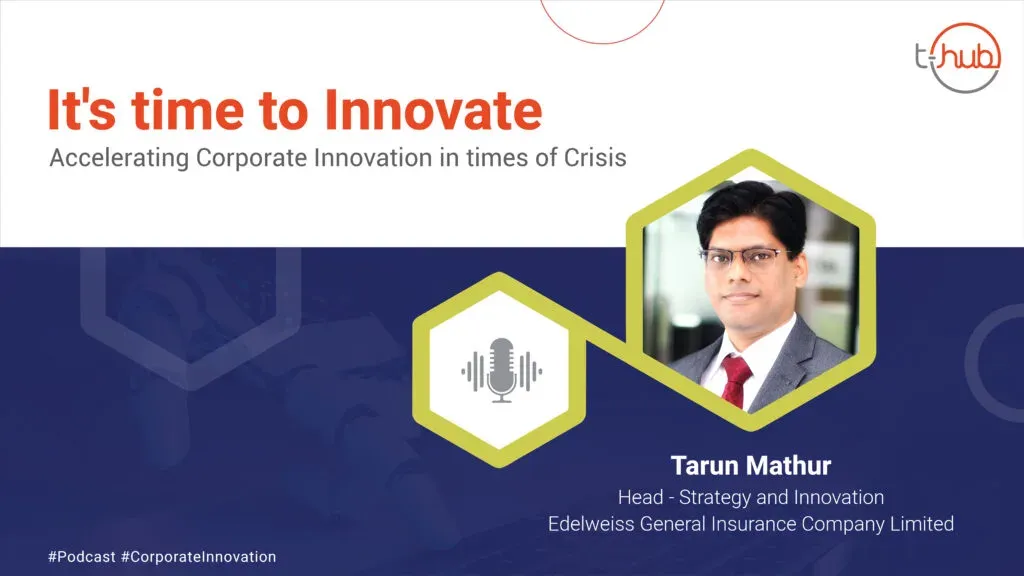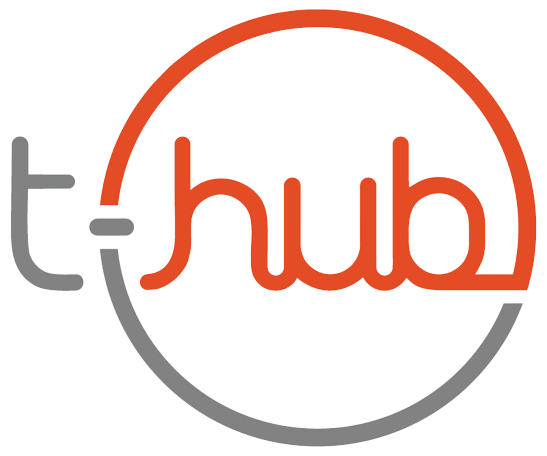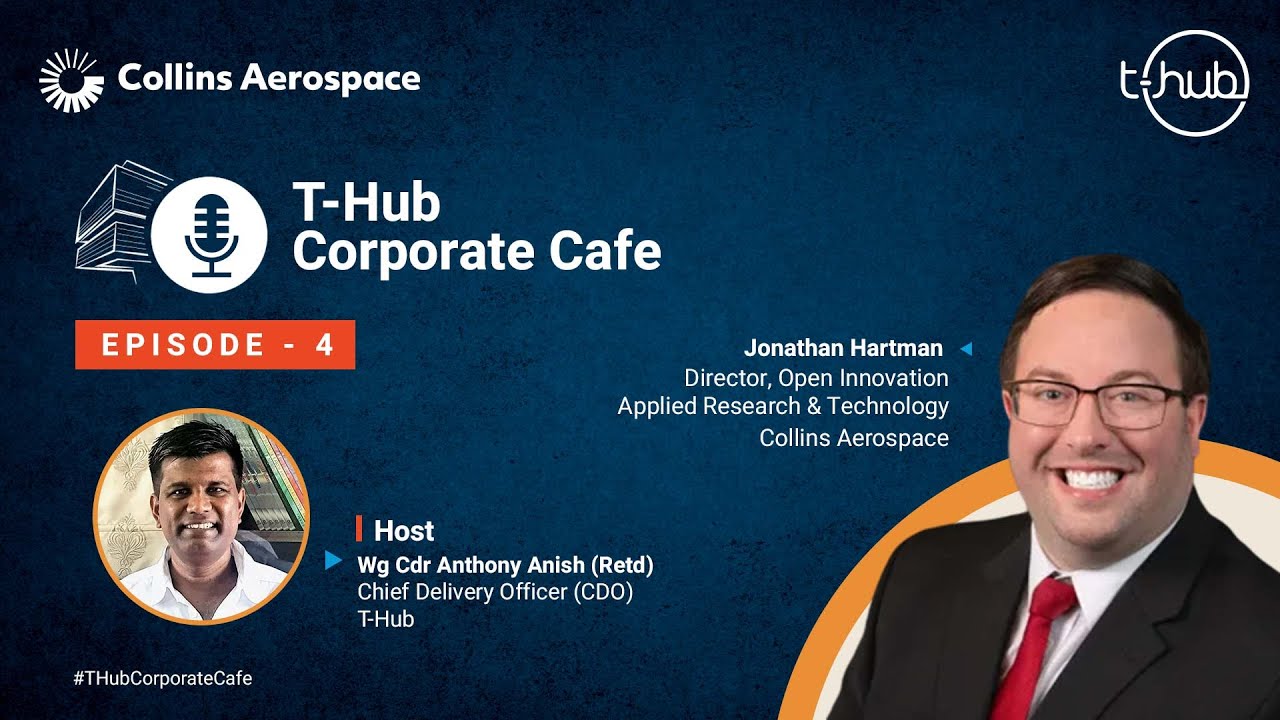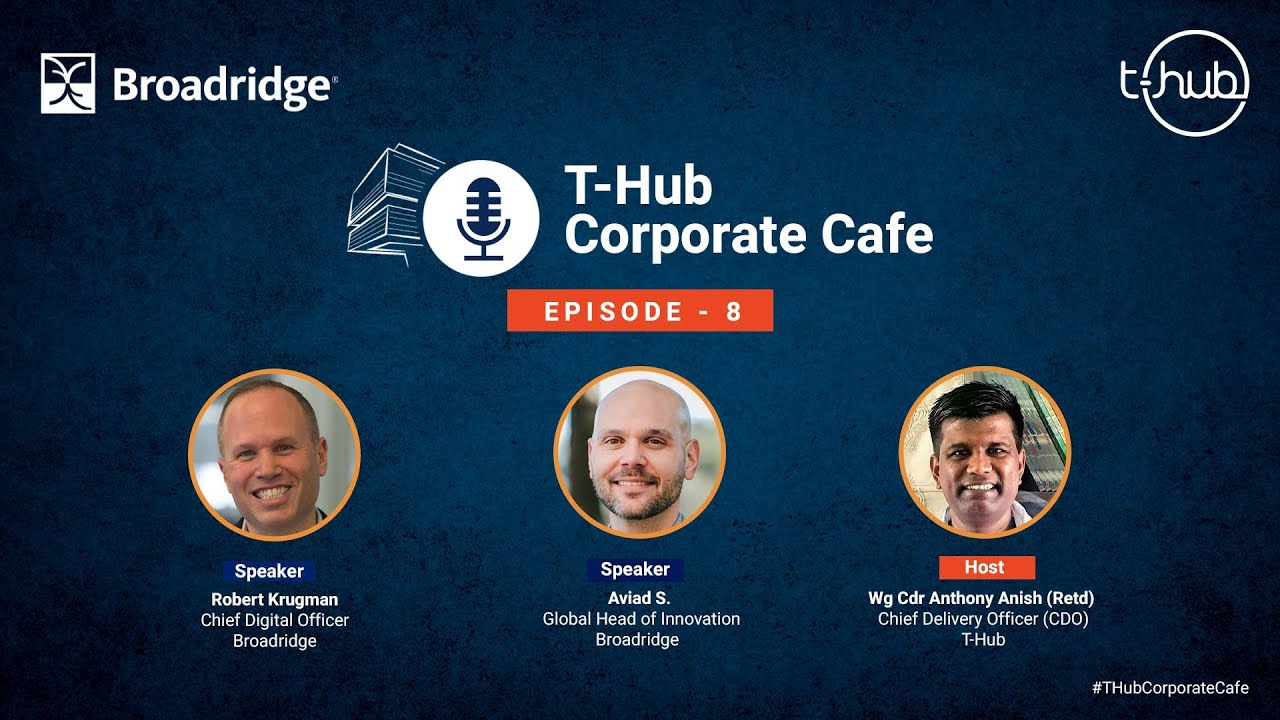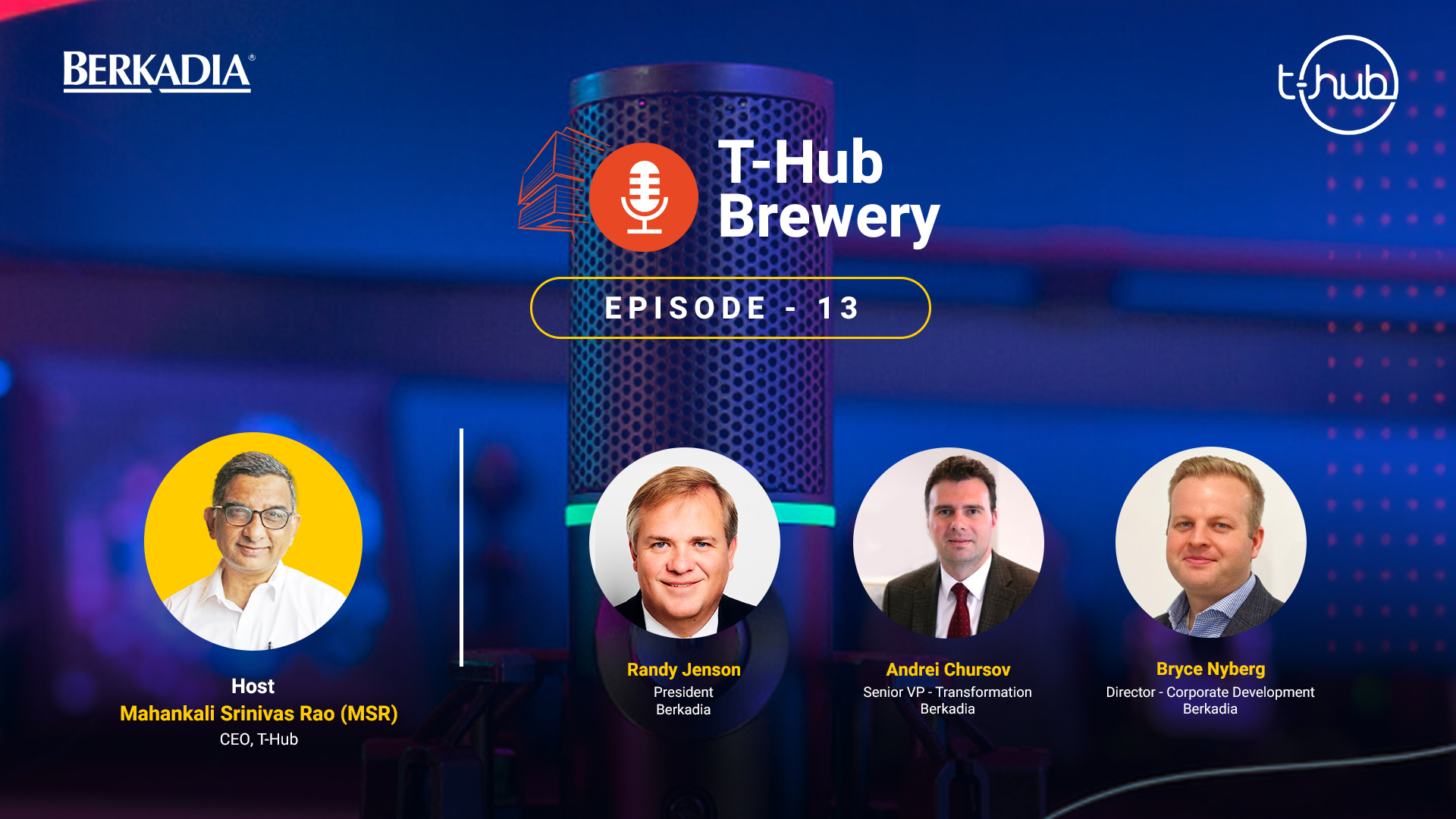Hello, everyone. Pleasure to be speaking to all of you today. My name is Tarun Mathur, I head strategy and innovation function at Edelweiss General Insurance.
Today, I’ll be sharing my thoughts on how innovation has gained more importance as a business discipline in the current times and how entrepreneurs and nation builders like yourselves approach some of the nuances around building resilient structures for continuous innovation. Also, I will share how changing consumer behavior and technology adoption is bringing innovation to one of the most traditional industry insurance.
Well, we all know that the importance of innovation in the business life cycle is undeniable, but surely the importance and need for innovation has taken an elevated stage in the COVID times. The pandemic has presented multiple challenges to people, corporations and economies globally. The unprecedented nature of the pandemic brought in an atmosphere that was new for each one of us to handle. There were no prescribed guidelines to manage the situation, even as the crisis kept unfolding dynamically. But the silver lining is that it pushed the need for remarkable innovation across different industries. Companies have found new ways to sell, service and operate during the crisis. The pandemic has forced companies in almost every industry to innovate in certain regards.
Talking about the insurance industry, it’s been among the last few industries to get on the technology disruption bandwagon, but today it stands at the precipice of profound change. There has been a step change in its awareness and education in recent years. We are observing that most industry players, old and new, are now adopting technology to enhance the processes and provide better customer service. Every link in the value chain is becoming a data driven play. The industry is absolutely ripe for digital transformation. Technology has contributed immensely to the shift in consumer behavior and has made a significant impact in reducing friction within processes in the insurance lifecycle. We are witnessing the rise of new business models, new ecosystem partnerships and an agile way of working.
Let’s try and understand the key innovation drivers in the InsurTech space.
Firstly, there has been a shift from a product focused mentality to a customer experience driven business model. The industry so far has seen the market in product segments, even consumer segments were historically seen from a demographic lens, but now they are changing to a behavior driven psychographic approach. The consumers of today are used to the Amazon experience, in terms of convenience, speed, and reliability.
Secondly, the regulatory environment has been extremely encouraging. The sandbox initiatives is a proof that the regulator is looking to encourage innovation, specially technology driven innovation. In my view, the three areas which have witnessed and will continue to witness heightened adoption of innovation in the InsurTech space are customer experience where the intent is to provide hassle free interaction at all touchpoints, product and pricing innovation, where technology which has made newer categories of products possible and enables new ways of evaluating and pricing the risk will continue to do so. Usage based insurance is one such trend which has been possible primarily through technology. It is now possible to tap into new data sources and use technology for a far more accurate risk quantification. There’s a big opportunity which lies in personalization and efficient use of analytics as well.
Thirdly, expansion of a deeper connection with the service ecosystem will continue. Services can help to differentiate commoditize products and technologies and help insurers connect with adjacent ecosystem partners to offer customers more holistic solutions through a platform approach. So as we see, the connected world and lifestyles are driving a paradigm shift in how insurance, product development and distribution is evolving. In this light, it is fair to say that ecosystem partnerships and platform business models will drive adoption and growth in the future. With the enormous volumes of data being collected and processed, new models to monetize it will become more prominent. Embedded insurance, Insurance as a Service, Usage-based byte-sized insurance will be some models we will see more frequently going forward.
At Edelweiss General Insurance, we too, have realized the power of change being heralded by technology, and our platform and technology allows us to focus on customer experience, have a significant impact on all key moments of truth in an insurance journey. We see ourselves as partners to customers, and we believe this will surely help us achieve the golden mean between growth, profitability and customer-centricity in any state of economy. Edelweiss Switch, which is an app-based pay as you drive motor insurance product, which we launched last year, is a testimony of how seriously we take customer insight-driven product strategy.
We have learned multiple lessons along the way. I would like to share a few of these for you all to consider while building a product.
First is, alignment of business and IT strategy. In today’s digital economy, it’s imperative that the technology supporting a business goal is not only aligned but integrated into strategy.
Second is collaboration and partnerships to perform and build platforms and to and through an ecosystem of progressive partnerships.
Thirdly, get the architecture right, build for the future. Every layer of the enterprise architecture should be crafted, keeping future integration needs, security requirements and customer experience in mind. Today, APIs are reshaping the operational ecology of the insurance industry. Fourthly, reengineer your whole organization and your teams into a fully connected digital business, modernize the product architecture, use micro services to build a modern front end, thus improving the experience for customers and agents. Basically break silos and ensure a smooth flow of data. The idea should be to craft digitally enhanced experience with a focus on moments of truth.
Lastly, as with any expansive, multi-year plan, taking only the long term view can be overwhelming. Break down tasks into manageable time-frames. Look at what must be done in three month increments to move along the roadmap and achieve specific goals.
To summarize, I will just say you are all well-positioned to harness the power of change and thoughtfully design your futures. Make sure your product pipelines reflect the new customer experience expectations. Calibrate your product and channel economics based on evolving customer needs, embrace the power of digital leverage data to build customer behavior models and speak the language of your target segment. I am confident that you are all on your way to building great products and institutions and I hope you found these insights relevant. Thank you for being a patient audience. I wish you all the very best to care and stay safe.
We at T-Hub power corporate innovation through high impact partnerships. Know more, https://bit.ly/2QTnRSS.
